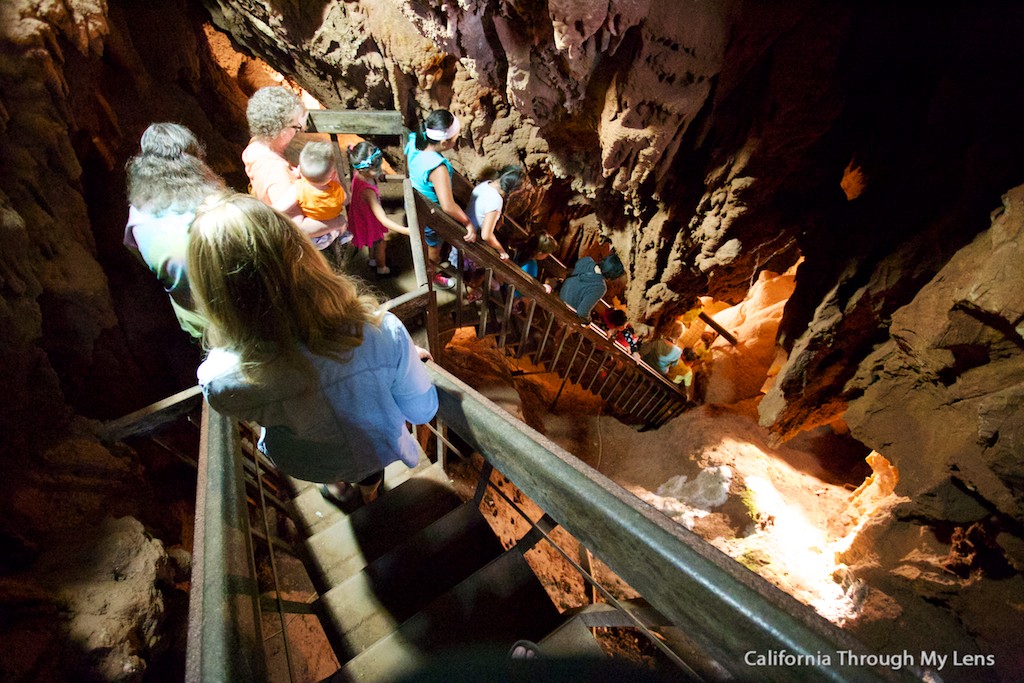
Head down and visit one, two, or plan on several trips and take them all in. Can you guess which ones I visited? Check out the formations and see if you can figure it out. On my recent excursion I took in two caves. If you’re not sure about one cave’s accessibility, there are always others to choose from that won’t be as difficult. Caverns welcome the young, old and every age in between. The vast majority of caves have decent walking paths, but a lot of stairs and ladders. The first wonder and discovery of a large room underground with the stalactites and stalagmites must have been exhilarating.īeing claustrophobic really isn’t an issue, unless you want to go spelunking, crawling on your belly through crevasses just large enough to fit through.īeing afraid of heights isn’t an issue, unless you want to go rappelling. How I envy the explorations of discovering a new cave. Each formation earning a nickname of what they look like. The shadows from the flickering light would play tricks on your mind and you can imagine the cavern formations taking on life. The early explorers had only light from the flicker of a single candle. When the lights are out you learn what it really means to be blind.

Deep down in the depths of the cave no light penetrates and pitch black takes on a new meaning. But to enjoy the colors the light must shine on them. There are ribbons of orange, red and brown the shades of cooked bacon that dangle from the ceiling. Some have brilliant white domes, columns and flows. When they flow down the sides of the caverns they look like petrified waterfalls.Ĭave formations come in different colors depending on the mineral deposits found in the limestone. Besides stalactites and stalagmites there are soda straws, helictites, and flowstones of ribbons and domes. When they meet each other they create columns. The stalactites come down and the stalagmites grow up. These formations are varying sizes and shapes. In some, when there are strong winds, you can hear the moaning sounds of the wind across the opening of the cavern.Ĭaves are filled with various formations that give them an otherworldly landscape with a prehistoric feeling. Condensation and water drip from the ceilings and you hear the kerplunk of the drops of water. If you remain quiet, you can hear some eerie sounds. The caves are alive and well, and they continue to grow. Plan ahead, go early and get there when they open. There are so many and so close together you can easily do two or three in one day. So I recently went on a day trip to explore a couple of the caves.

To have a rich and plentiful supply of caverns to explore so close to Sacramento is a luxury many cave fans don’t have. I (Cindy) have had a fascination with caves since my youth and have visited many throughout the United States. Each one is unique in its own way and all are worth exploring. Just southeast of Sacramento is Calaveras County with several fantastic limestone caverns. Beyond our immediate city boundaries, within a one- to two-hour drive, are myriad destinations to explore and enjoy. Neighbors say homeless people have lived in tents off and on at the site for years but did not know about the existence of the cave.Ĭalls to the Vallejo police department about the rescue operation were not immediately returned.Sacramento resides in the heart of a fabulous tourist area. Wong said a construction worker told him that one of the cave dwellers had agreed to come out on his own and the other “was being a little more belligerent about it.” “The street is closed for about three blocks.” Vallejo resident Albert Wong, who lives a half block from the site, said he saw rescue workers remove sleeping bags, clothing, backpacks and other personal items from the cave. He said the cave was about 20 feet long and 3 feet high. “We called in the police and fire departments to make sure we didn’t injure anyone,” Walker said. Dozens of police, firefighters and rescue workers from Vallejo and nearby agencies converged on the bridge at Sacramento Street and Farragut Avenue, a half-mile north of downtown Vallejo, after construction workers heard voices and switched off their digging equipment, according to Tom Walker, manager of the bridge project for the city of Vallejo.


 0 kommentar(er)
0 kommentar(er)
